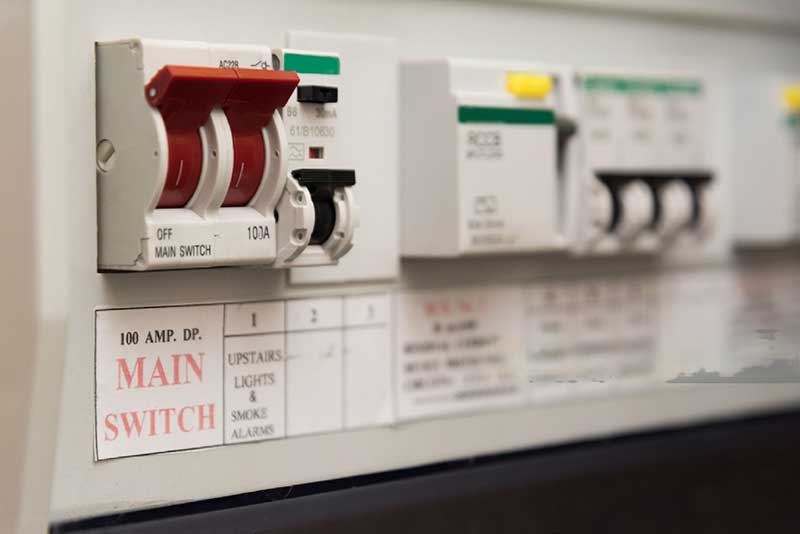Have you seen fuse boxes in your house, in the electrical setups? There are also distribution boards. These are both known as consumer units. In simple words, consumer units are essential for the set-up of the electrical system in commercial and residential properties alike.
They provide many protective layers like circuit breakers, fuses, and other safety devices to prevent electrical hazards. Let’s explore more on the uses of consumer units and tips to maximize their utilization. And believe it, just like the best fencing for your house, this is also quite relevant to learn about:
What Are Consumer Units?
Understanding the Role of a Consumer Unit
Learning About The Components of a Consumer Unit
- The Main Switch
- Residual Current Devices (RCDs)
- Circuit Breaker
- Fuse
- Circuit Labels
Understanding the Role of a Consumer Unit:
A consumer unit is primarily used to ensure the safe creation of an electrical system for the secure distribution of electricity throughout a building. It helps in preventing electrical faults, overloads, and short circuits. Often, consumer units have one or more fuse or MCBs installed in it as the central control point.
By controlling these MCBs and switches, or fuse, you can control different parts of the buildings to cut down the electricity flow or to reactivate it.
Learning About The Components of a Consumer Unit:
Let’s actually look into different components that complete a consumer unit for electricity:
1. The Main Switch
It is responsible for the primary electrical flow to the other components in the consumer unit. You can use it to cut off the complete supply of electricity to a building.
2. Residual Current Devices (RCDs)
These are one of the safety devices primarily used to prevent electric shocks. They ensure that the current is running properly, and if there’s any imbalance or leakage to any other area, they cut off the supply.
3. Circuit Breaker
As you know, these are the front-line protection against overload and short circuits. A circuit breaker (also known as MCB) will break off and switch off automatically if there’s an overflow of the current.
4. Fuse
You will either find circuit breakers or fuse boxes in your consumer unit. These have thin wires that melt and break off when there’s too high of a current or voltage. In a few systems, both fuse boxes (for a phase) and circuit breakers (for different power supplies in the building) are used for additional security.
5. Circuit Labels
Circuit labels are mostly on almost everything in the consumer unit to tell you about the area or appliance they supply the power. It helps the electricians quickly diagnose and cut off power for any kind of work in that area.
Tips for Maximizing Consumer Unit Efficiency:
We will give you a quick rundown on how to maximise consumer units as a general user:
- Schedule and book routine maintenance and inspections for your consumer unit.
- If it is too old, then opt for an upgrade to ensure you always have the best safety.
- Always contact qualified electricians, especially if you have any kind of issue with the consumer box.
- If you’re unsure, check for the regulations and other safety codes to adhere to them and maintain compliance.
You can also educate yourself on how to take care of basic problems and electrical hazards. But that’s in case something goes wrong with the consumer unit.

